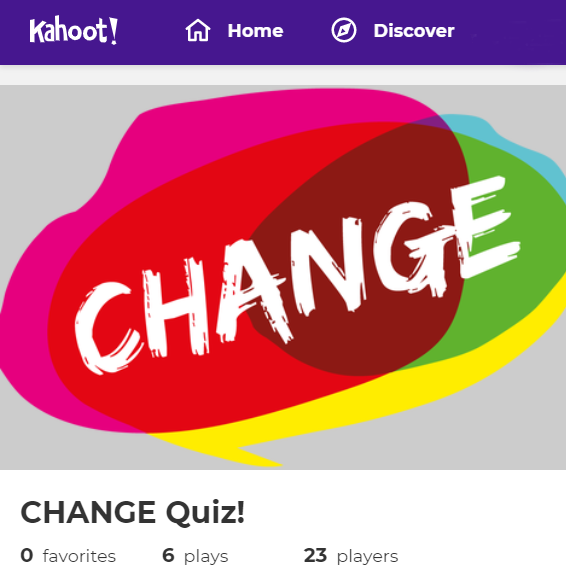Coronavirus has shifted the way we are learning and teaching. Despite the challenges of online and distance learning, teachers and students continue to engage with CHANGE. Anouk, a JRS Europe staff member, was invited to take part in several virtual classes through Microsoft Teams. The classes focused on Stage 2.
During an interactive presentation, students shared their views on facts and figures related to migration and refugees. Some facts surprised them, such as the numbers and the differences between refugees and migrants. Their knowledge was then ‘tested’ with a Kahoot Quiz, in which they vividly participated in. Students were encouraged to put themselves in the shoes of refugees. They answered questions such as ‘If you had to flee your country, and arrived to a ‘new’ country, what would you wish for?’
Students also shared their reflections on their research assignments. They explained how and where they looked up facts and figures about refugees and migration. Some stated that some sources of information seemed more reliable than others, like those coming from a governmental institution or an organisation working with refugees. Several students used websites of the UNCHR, Asylum in Europe, and some also referred to Belgian websites such as Fedasil. We discussed the importance of looking and comparing various sources of information.
Another point of conversation we had was about the representation of refugees, particularly in the news. One student pointed out that very often they are not portrayed in a positive way. This led us to think about the misconceptions we tend to hear about refugees around us; and most importantly how this triggers fear of them. A second Kahoot encouraged us to reflect on these misconceptions. We brainstormed on how we could ‘counter’ these misconceptions with reliable information (facts and figures).
These online classes were a great opportunity to think about the topics of refugees and migration together critically. We hope that the interest and reflection on these topics will continue!

